Project Management Report: Nestle, International Requirements
VerifiedAdded on 2023/01/23
|18
|995
|32
Report
AI Summary
This report provides a comprehensive analysis of project management, focusing on how multinational companies like Nestle improve their recruitment, selection, and training processes to meet international requirements. The report includes a detailed project management plan outlining cost, scope, time, quality, communication, and risk assessments. It features a Work Breakdown Structure (WBS), a Gantt chart for scheduling, and a questionnaire used for gathering data. The research findings and analysis section presents data on training types, HR practices, and training methods, supported by charts and graphs. The report concludes with recommendations for Nestle to enhance its HR practices, such as using promotional tools for recruitment and providing regular training sessions for employees. The report aims to determine effective tools and techniques for improving recruitment, selection, and training to meet global standards.
1 out of 18

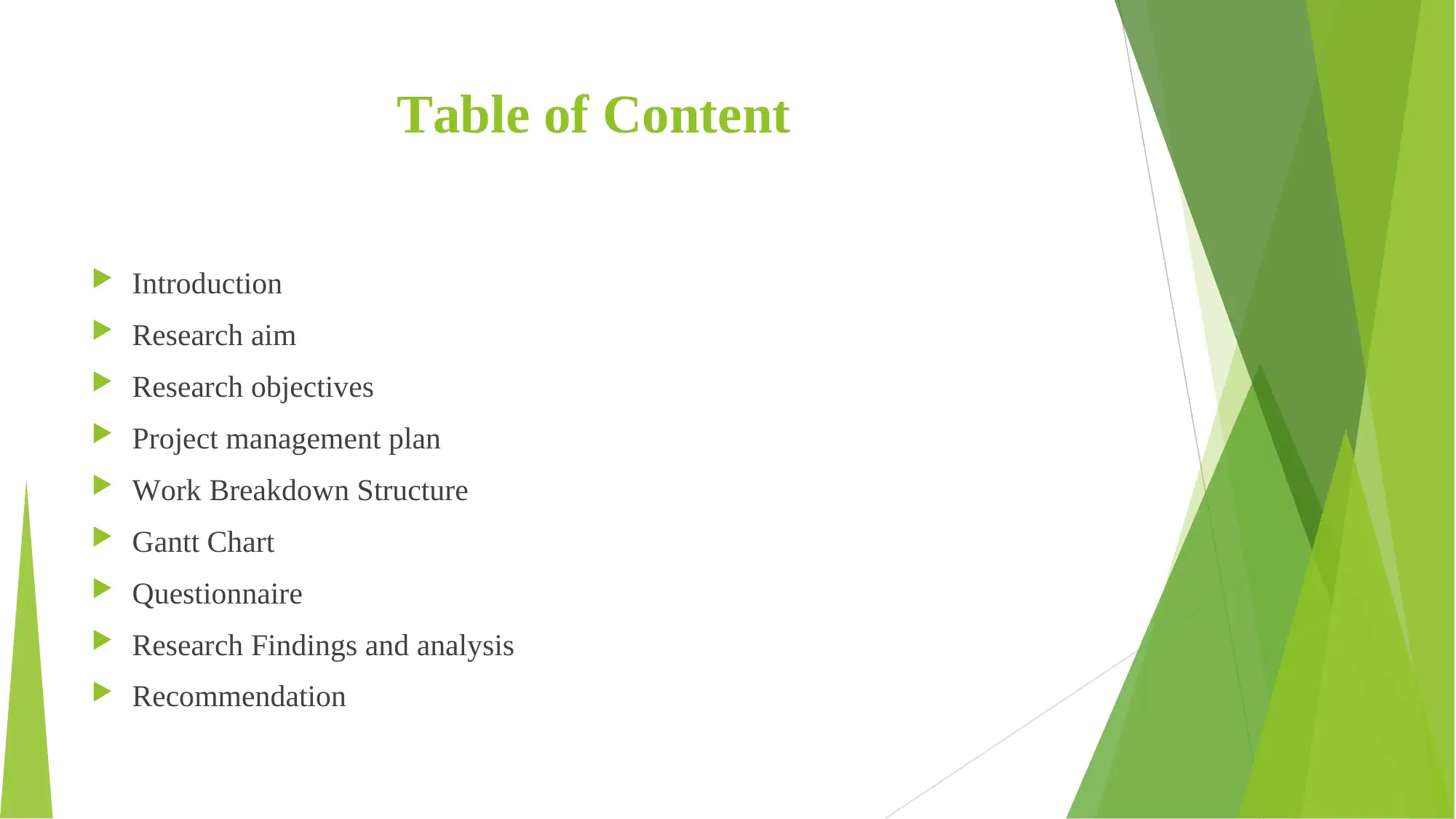
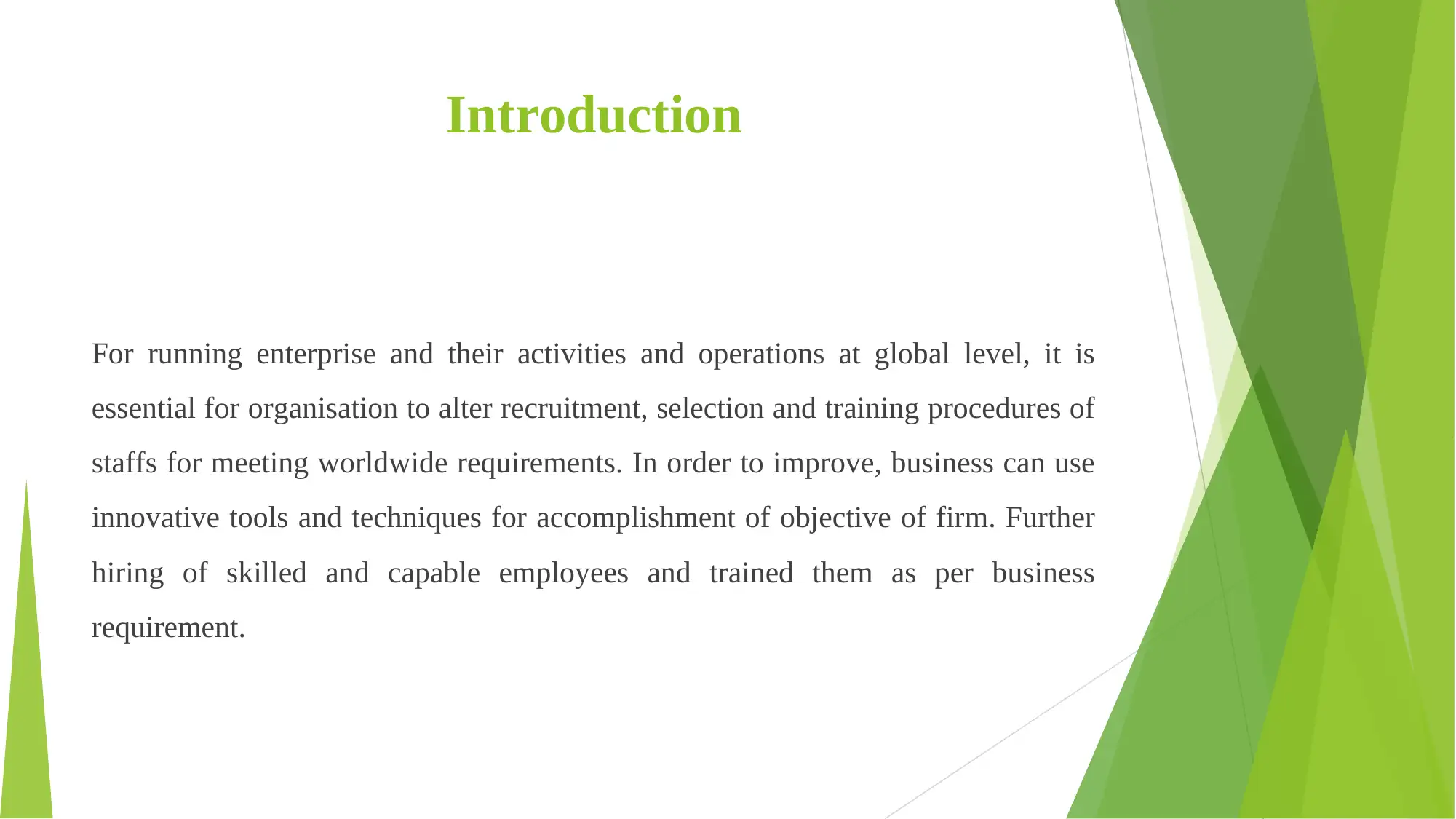

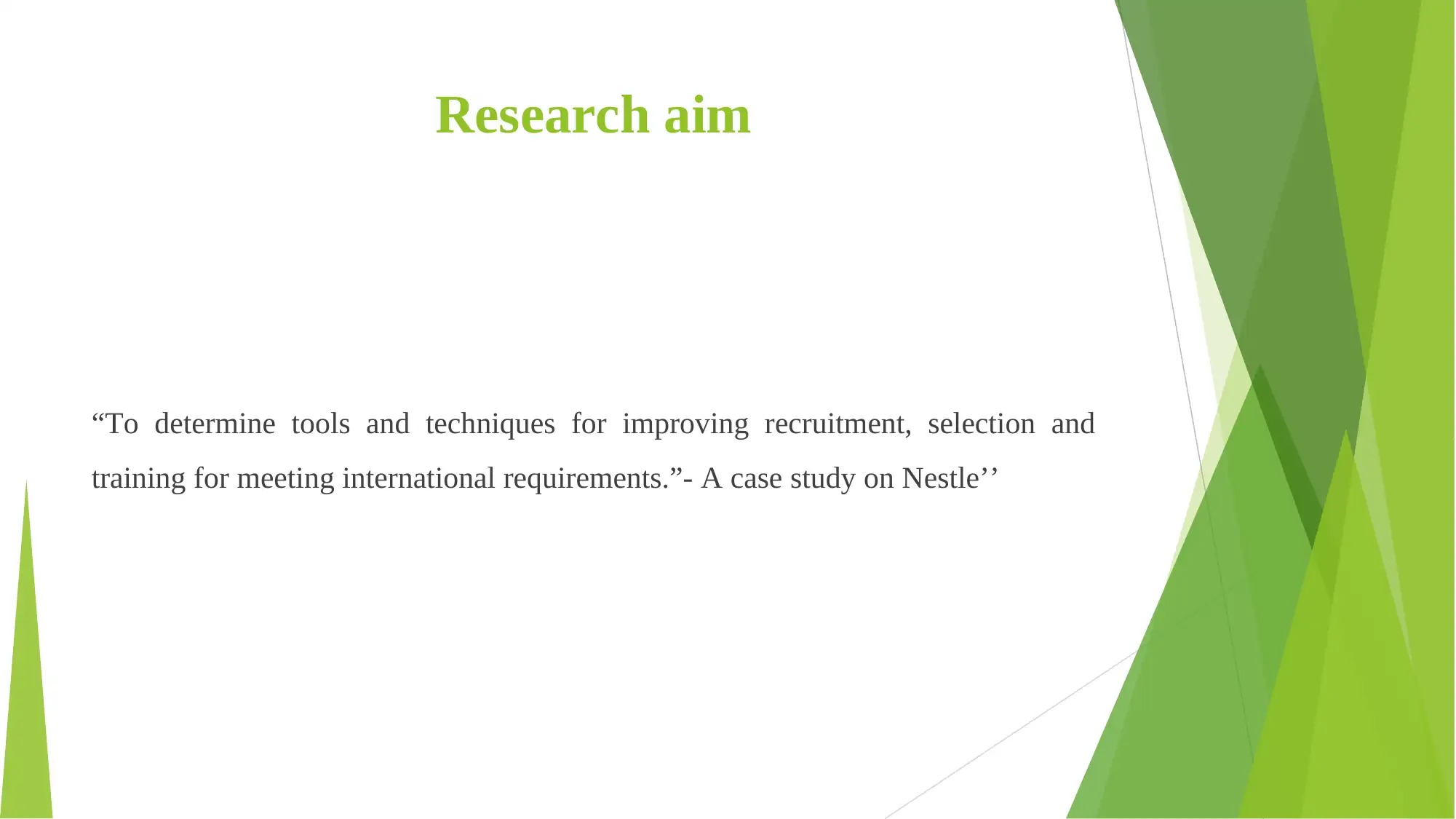
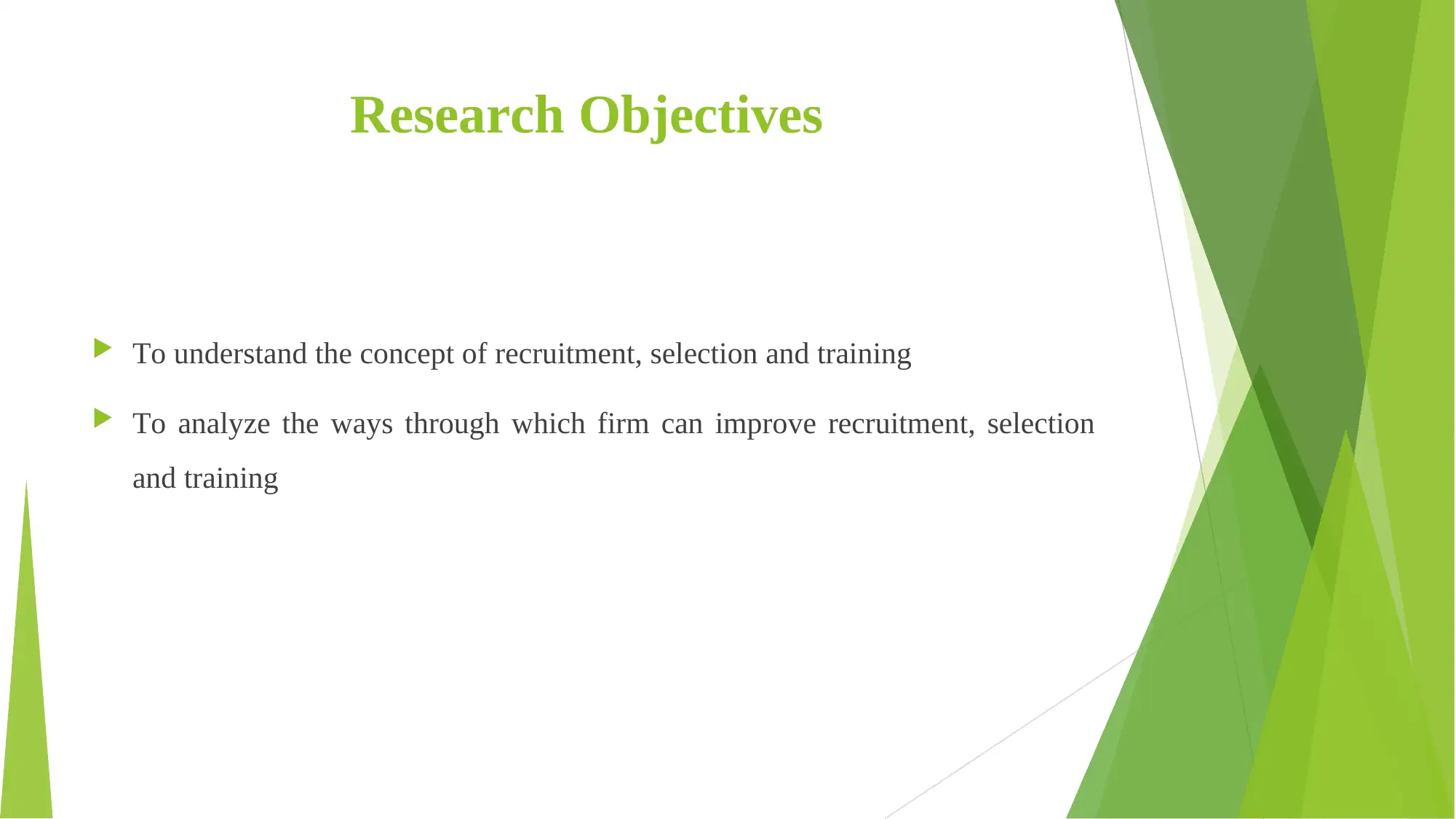
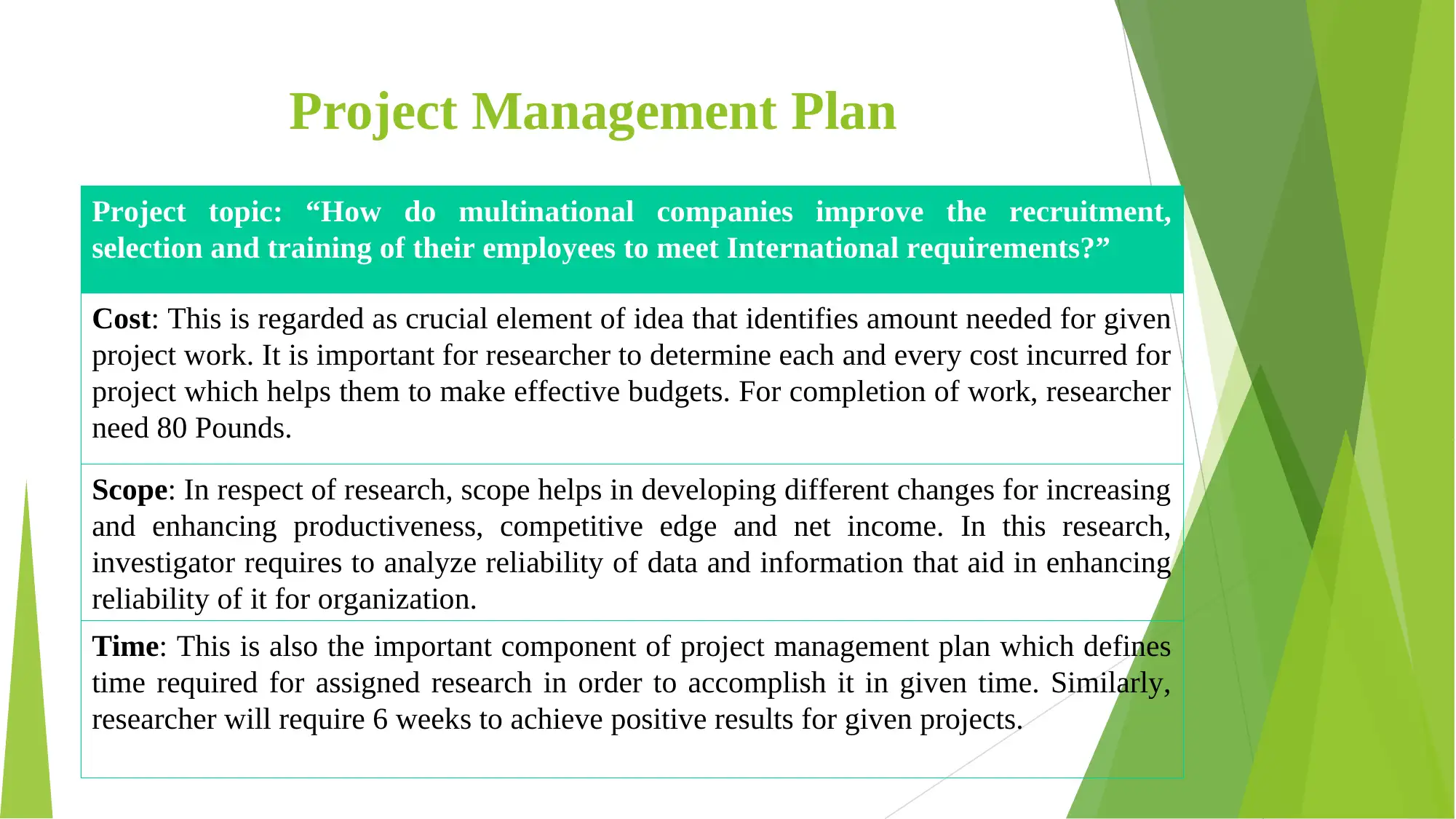
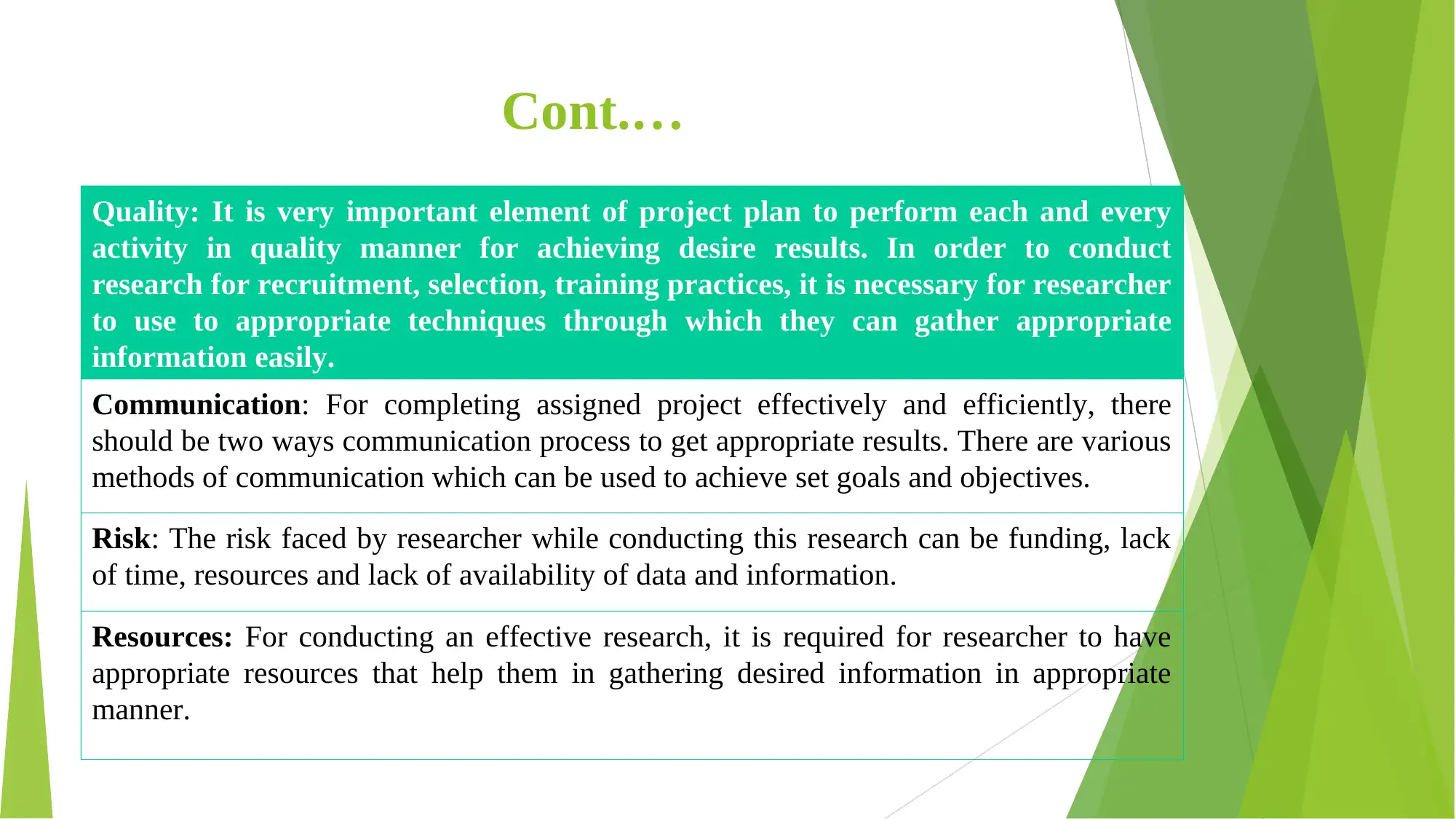
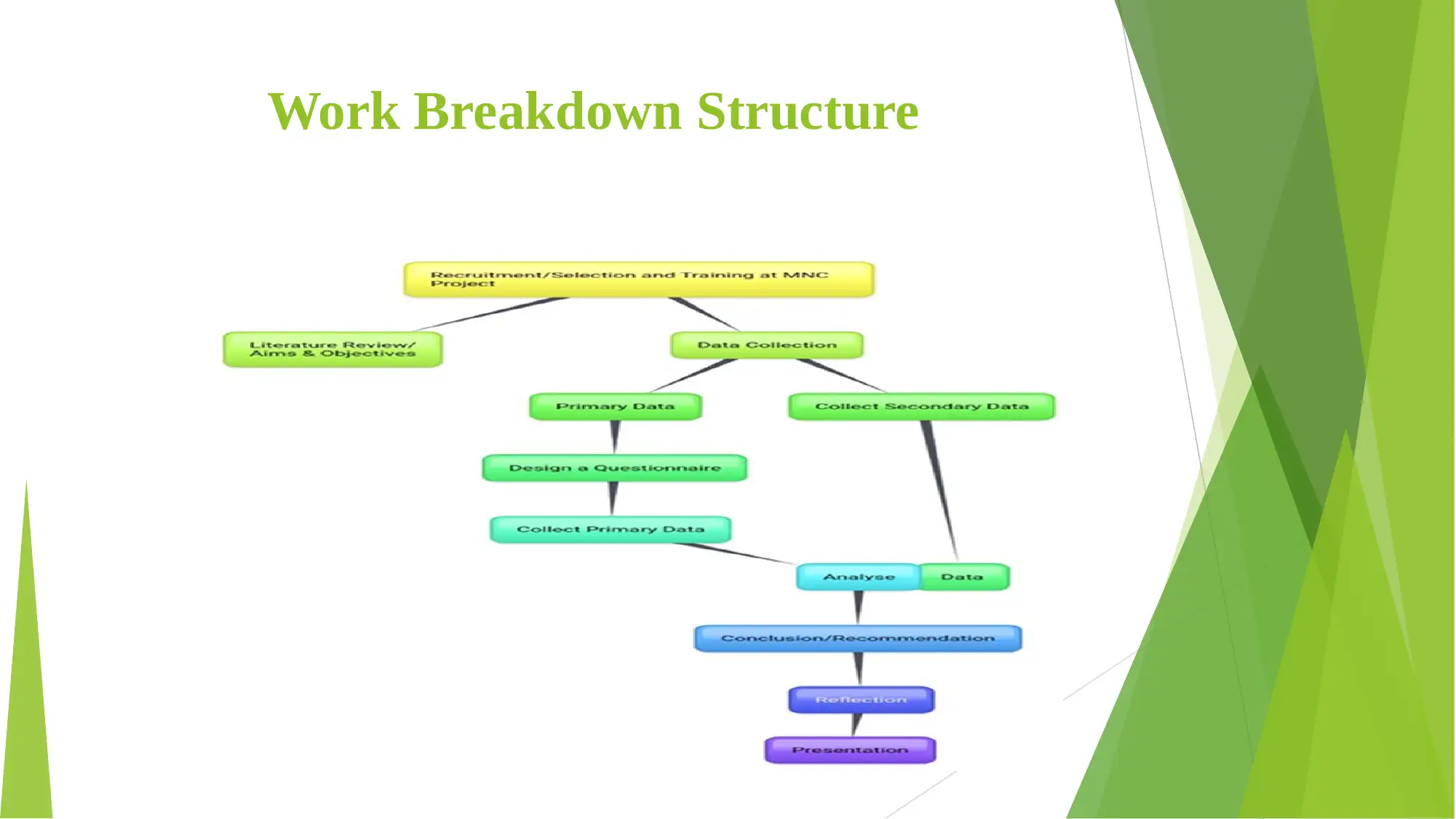
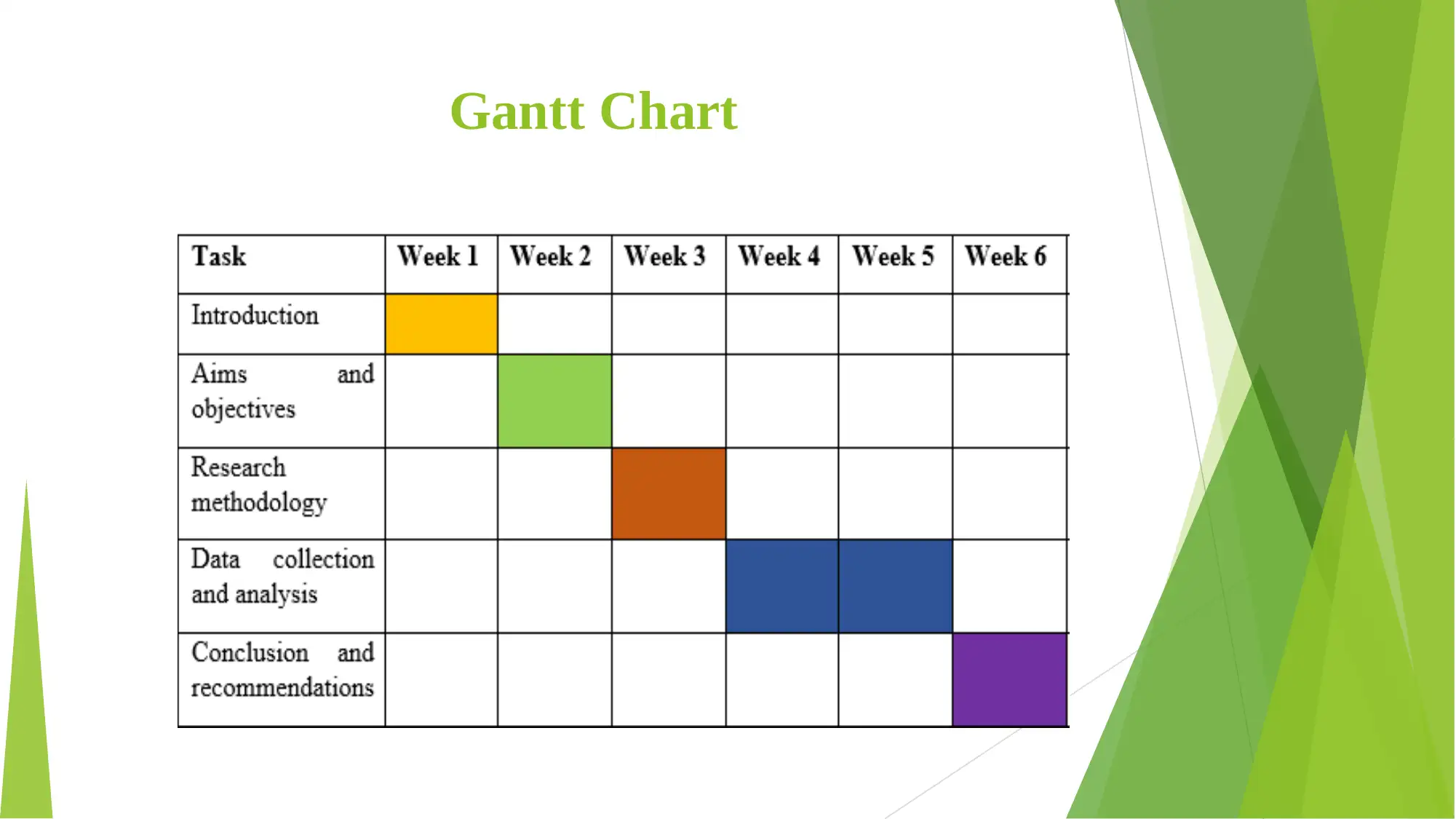
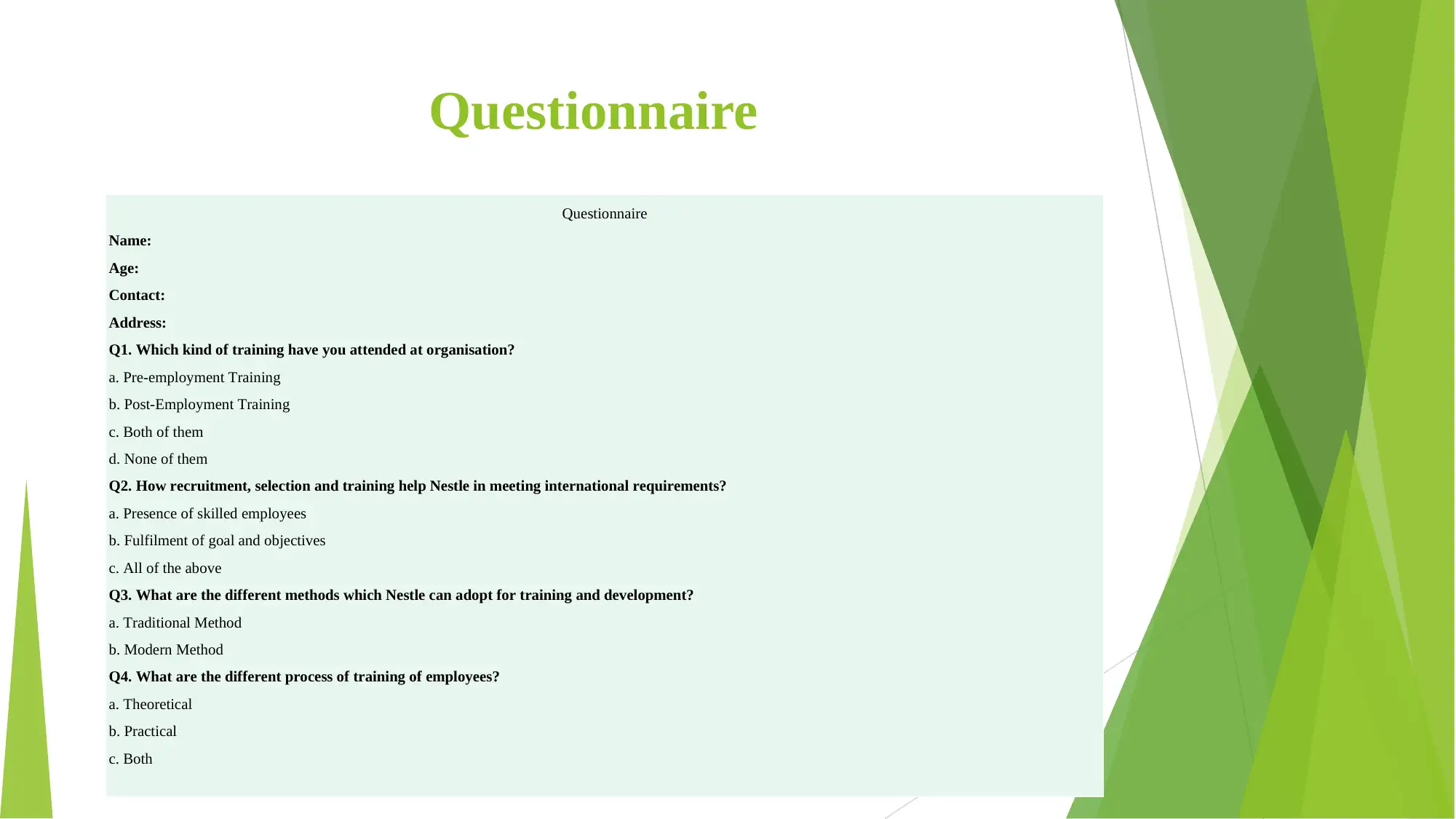
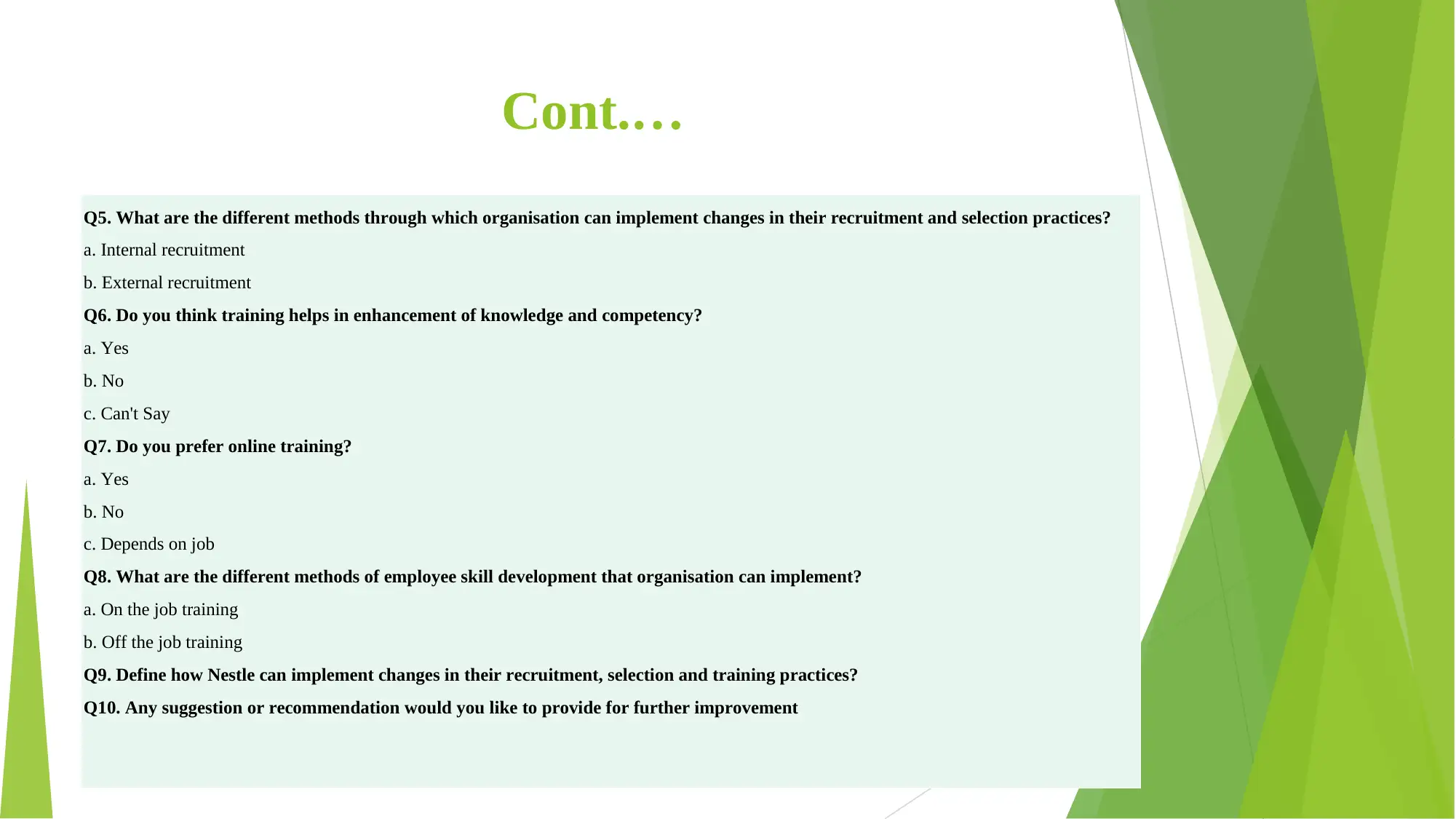




![[object Object]](/_next/static/media/star-bottom.7253800d.svg)